The first time I saw Tom Sawyer Island in Walt Disney World, it was a mess.
A little more than a year after WDW opened, in the fall of 1972, the future Frontierland attraction was a work in progress. It was, in fact, a busy, somewhat chaotic construction site.
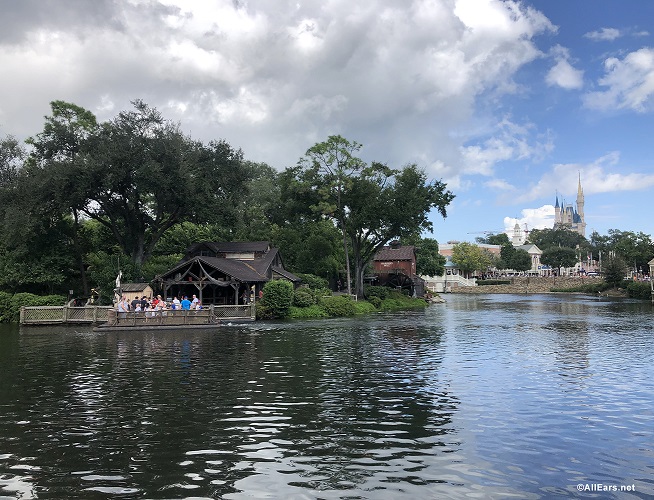
WDW’s Tom Sawyer Island attraction opened on May 20, 1973. Compared to today’s high-tech, computer-generated and computer-assisted attractions, this was the polar opposite.
You boarded a motorized raft, with no seats, from a dock in Frontierland. About two minutes later, you were on Tom Sawyer Island, ready to explore – with explore being the optimal word – the winding paths and spooky caves, an old mine and Fort Sam Clemens [now Fort Langhorne; it should be noted that author Samuel Langhorne Clemens used Mark Twain as a pen name when he wrote the Tom Sawyer stories].
In essence, it’s a children’s playground, sans swings and slides.
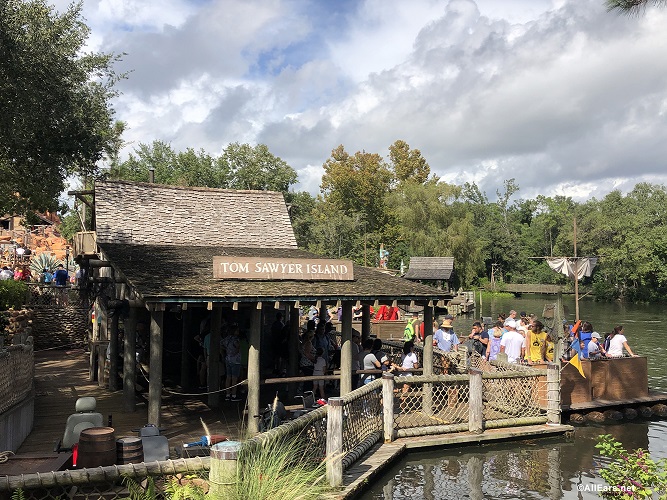
A visit to Tom Sawyer Island can be a pleasant interlude from the often crowded, hectic Magic Kingdom proper. Plus, you get views of the Haunted Mansion, the rest of Liberty Square, the riverboat and Frontierland that guests don’t usually see.
The original Tom Sawyer Island opened in Disneyland in June of 1956, about a year after that park opened.
The attraction was a particular favorite of Walt Disney’s, who loved the stories that Mark Twain weaved of the simple, carefree life along the Mississippi River.
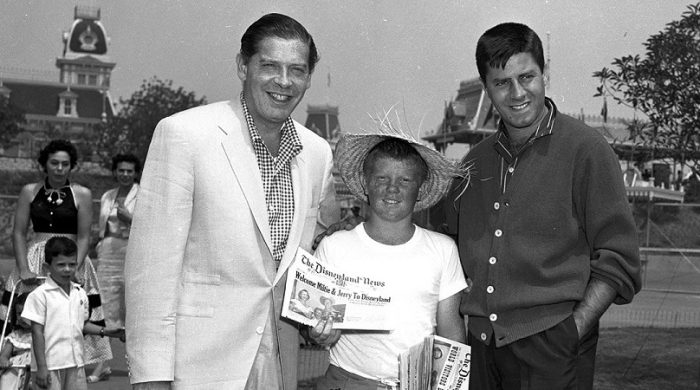
“Everyone thought that I looked like Tom Sawyer and that I should ask Walt for a job playing Tom,” said Tom Nabbe, who had red hair as a youth. “One day I found Walt and told him ‘You should hire me.’ He said he’d think about it.”
Every time Nabbe saw Walt after that, he’d ask him the same question. And each time, Walt would tell Nabbe that he was thinking about it.
Walt went as far as to tell Nabbe, “Why should I put you on the island when I could put a mannequin there? Especially considering the dummy won’t be running off for hot-dogs every half hour.”

“Do you still want to be Tom Sawyer?” Walt said. Nabbe’s response? “Absolutely!”
Nabbe, still in school, had to clear several hurdles before assuming the role. He needed to acquire a work permit, a Social Security card and he had to promise Walt that he’d maintain at least a C average in school.
To prove it, Tom had to show Walt his report card periodically.
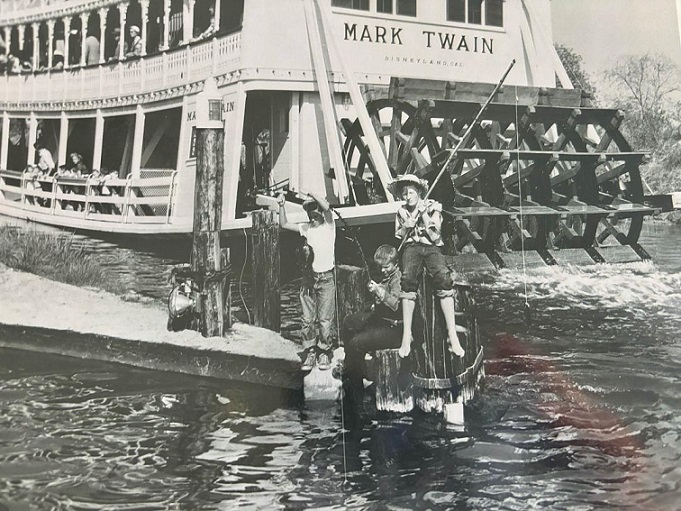
His job description included posing for photos with guests, all while wearing his trademark straw hat.
He also was responsible for maintaining the fishing equipment [poles, hooks and worms] available on the island. Back then, the Rivers of America was stocked with catfish and sunfish and guests could catch – and keep – the fish they caught.

During his tenure playing Tom and Huck, Nabbe’s freckled face appeared on the covers of several major magazines, including Parade, with the headline: Luckiest boy in the world.
Nabbe would go on to become a ride supervisor in Disneyland before transitioning to Walt Disney World, where his career blossomed, albeit behind the scenes. He played a key role in the construction of the monorail, then became instrumental in the operation of WDW’s enormous logistical warehouses.
Disneyland’s Tom Sawyer Island has seen its share of changes over the years.

And in 2007, the island took on a swashbuckling theme when it became Pirate’s Liar on Tom Sawyer Island, taking on characters and elements from Disney’s Pirates of the Caribbean movie franchise.
For instance, names like Laffite’s Tavern and Dead Man Grotto replaced Harper’s Mill and Injun Joe’s Cave. Disney’s creative staff was able to make the thematic change because, they explained, Tom Sawyer, Huck Finn and Becky Thatcher would often “play pirates” in the Mark Twain books. The success of the Pirates of the Caribbean films didn’t hurt, either.
To make room for the Star Wars: Galaxy’s Edge expansion a few years ago, the northern end of the island was shortened. And the settler’s cabin, which had been “on fire” for decades, was demolished and replaced by a new, flame-free cabin.
Tom Sawyer Island in Disneyland Paris, while proposed, never made it off the drawing board.
Retired Disney Imagineer and Disney Legend Tony Baxter was the man who dreamed up the Big Thunder Mountain attraction in Disneyland and Walt Disney World.
When he had a chance to revisit the roller coaster in Disneyland Paris, he jumped at the idea.

So when Tom Sawyer Island was scrapped in France, Baxter had an opportunity to improve on his original creation.
“We found that the stories of Mark Twain weren’t as well embedded into French society, so losing a Tom Sawyer Island wasn’t such a big deal,” Baxter said.
With an island now up for grabs, Baxter proposed running the main section of Big Thunder’s track onto that island. It was a stroke of genius.
“To get there, the first thing you have to do is dive under the Rivers of America to get out to the island,” Baxter said.
“So the second you leave the station, you have one of the best drops in the whole ride … and it’s only eclipsed by that last run-out at the end, where it’s pitch black and – POW! – the next thing you know, you’re back at the station on the other side of the river.”
The idea of an island playground for kids wasn’t lost on Disneyland Paris’ planners. Their island, known as Adventure Isle, is located near the entrance to the Pirates of the Caribbean attraction, where kids can explore secret caves and pirate hangouts.
“We took all the action of Tom Sawyer Island – the caves, the suspension bridges and everything – and created what was kind of prophetic. We created a place called Adventure Isle, which is the realm of the pirates, where you go into pirates’ caves and dungeons and wrecked ships and, lo and behold, 10 years later, there’s this little movie called Pirates of the Caribbean.
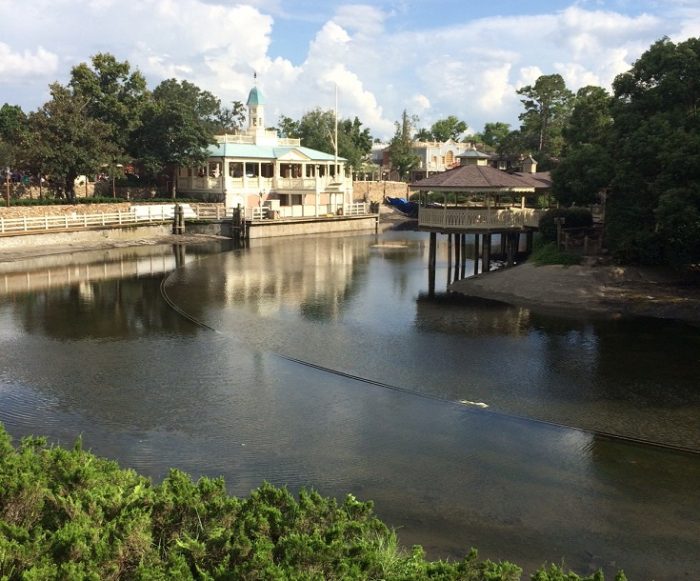
Hong Kong Disneyland also has an island playland in Adventureland, but with Tarzan’s Treehouse as its main thematic element.
Meanwhile, Tokyo Disneyland features Tom Sawyer Island with theming that’s similar to the version at Walt Disney World.
Chuck Schmidt is an award-winning journalist and retired Disney cast member who has covered all things Disney since 1984 in both print and on-line. He has authored or co-authored seven books on Disney, including his On the Disney Beat and Disney’s Dream Weavers for Theme Park Press. He has written a regular blog for AllEars.Net, called Still Goofy About Disney, 2015.


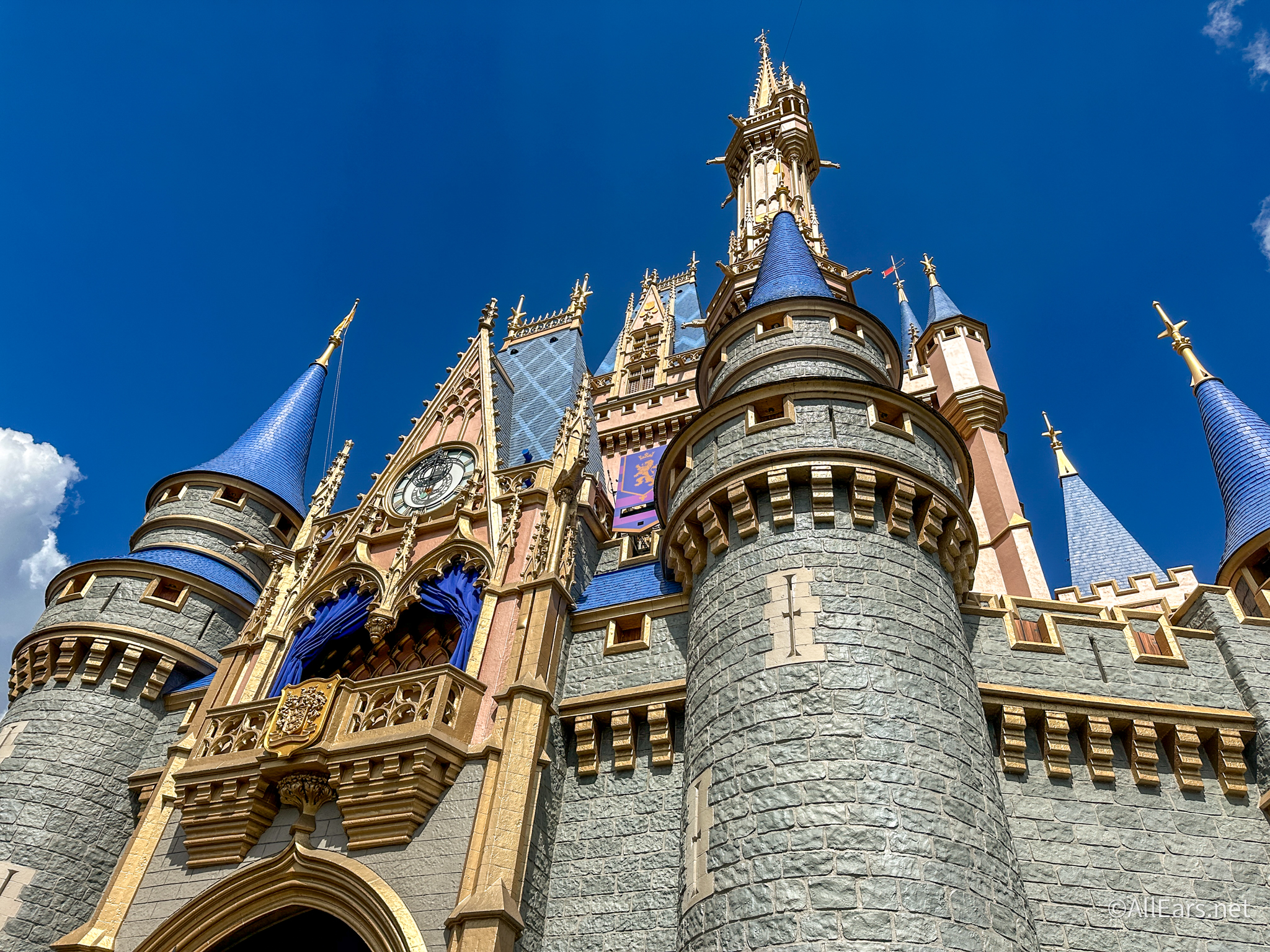
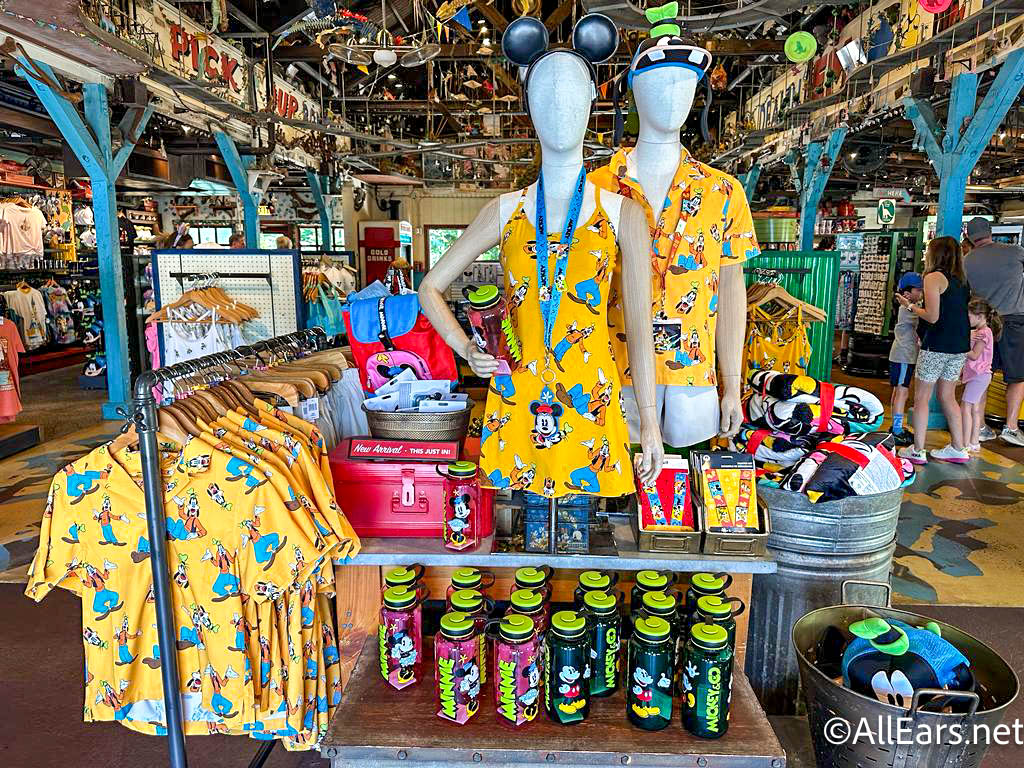
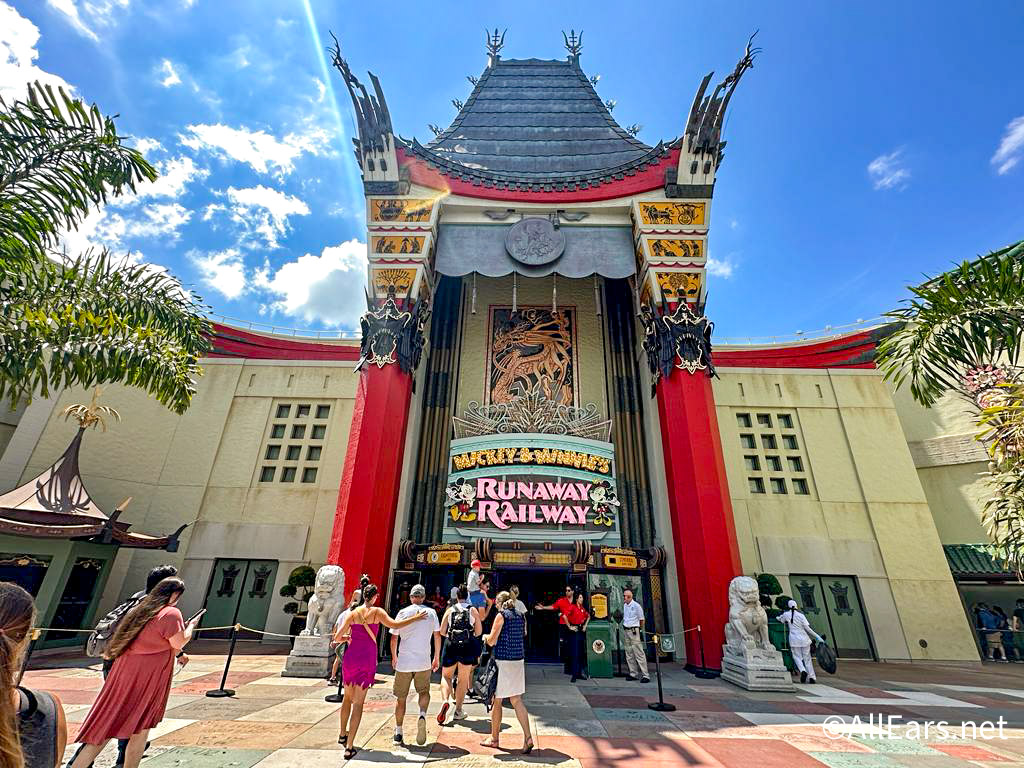
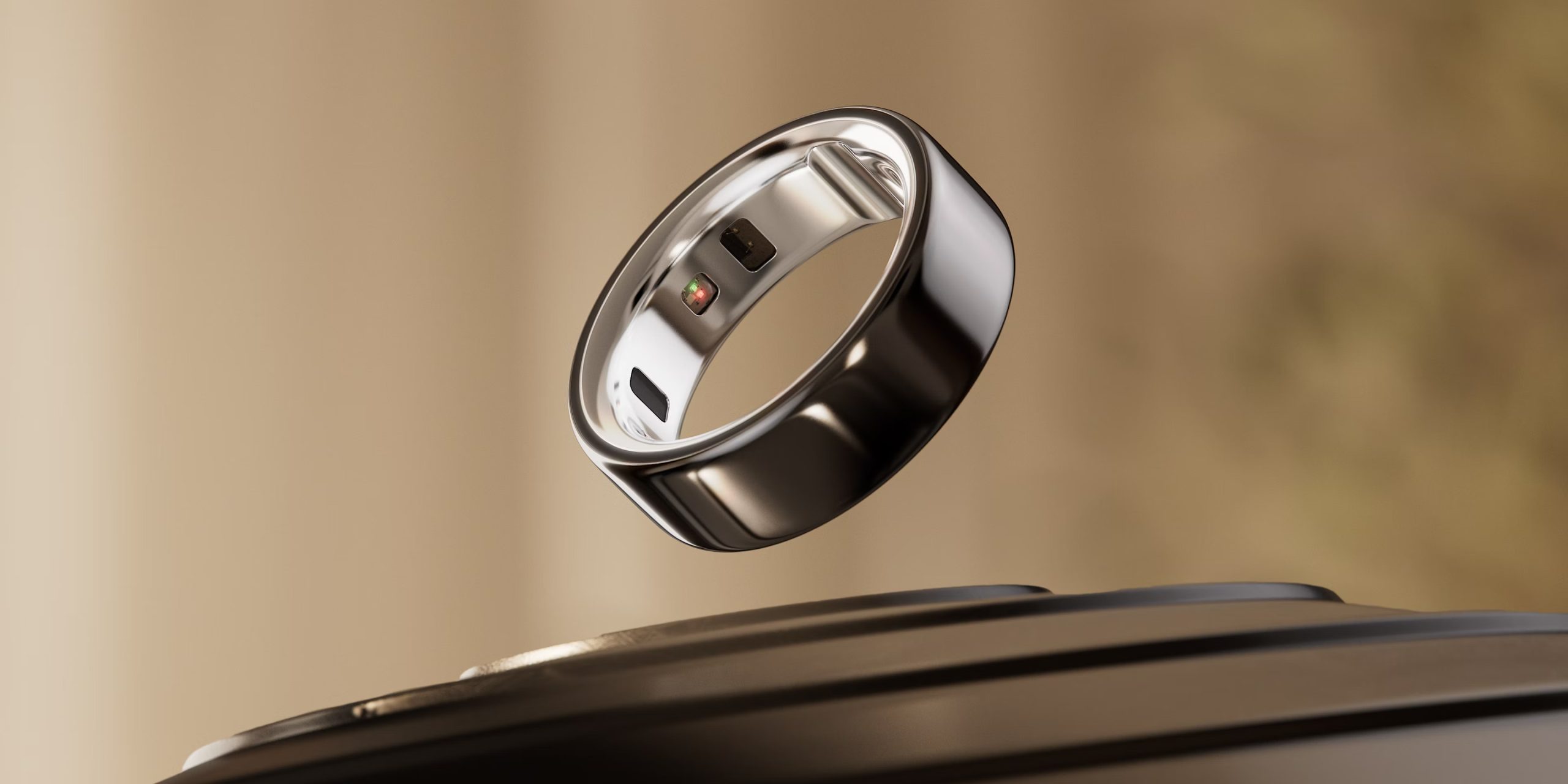


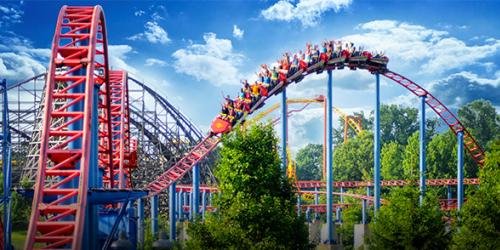
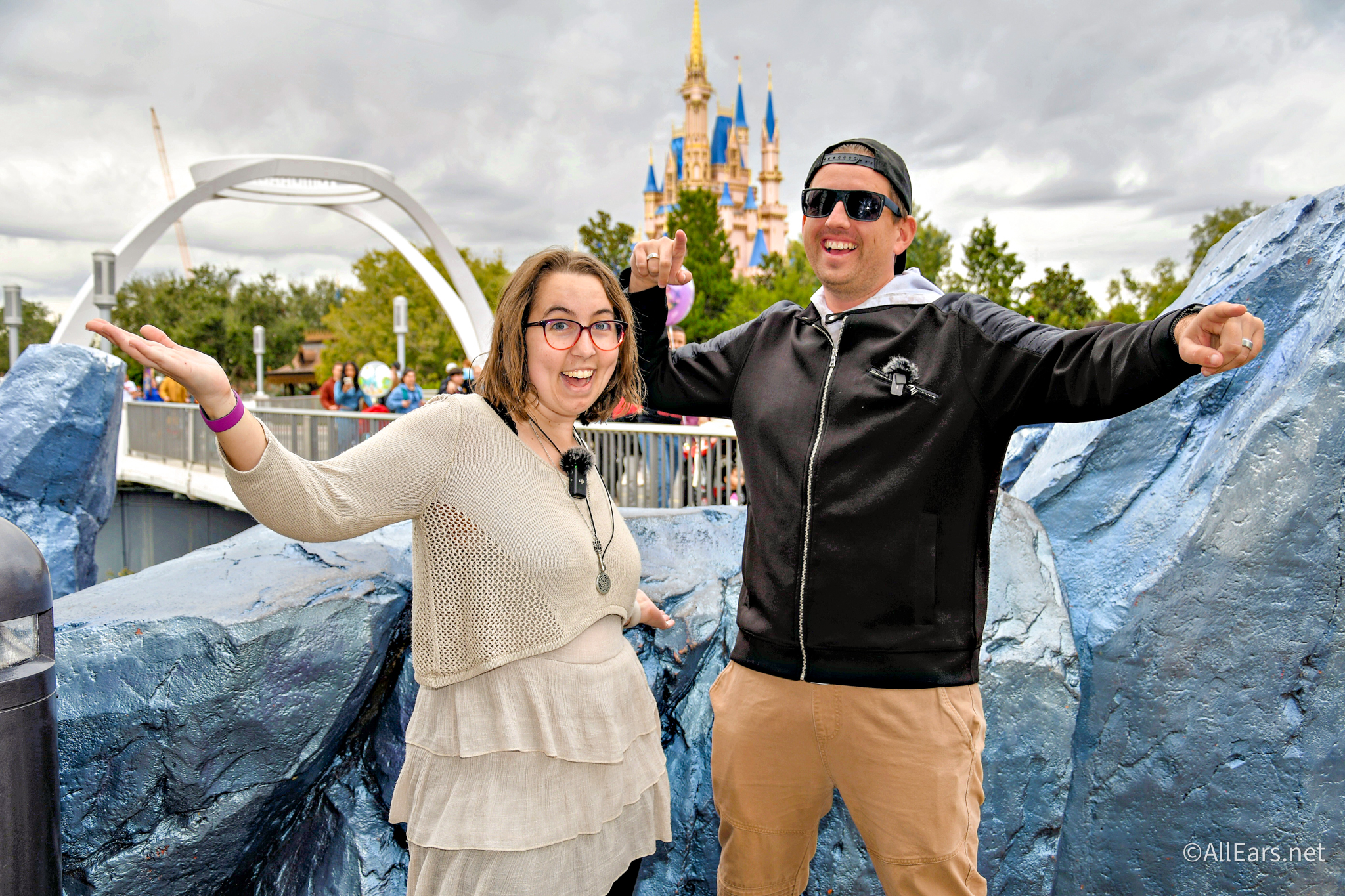
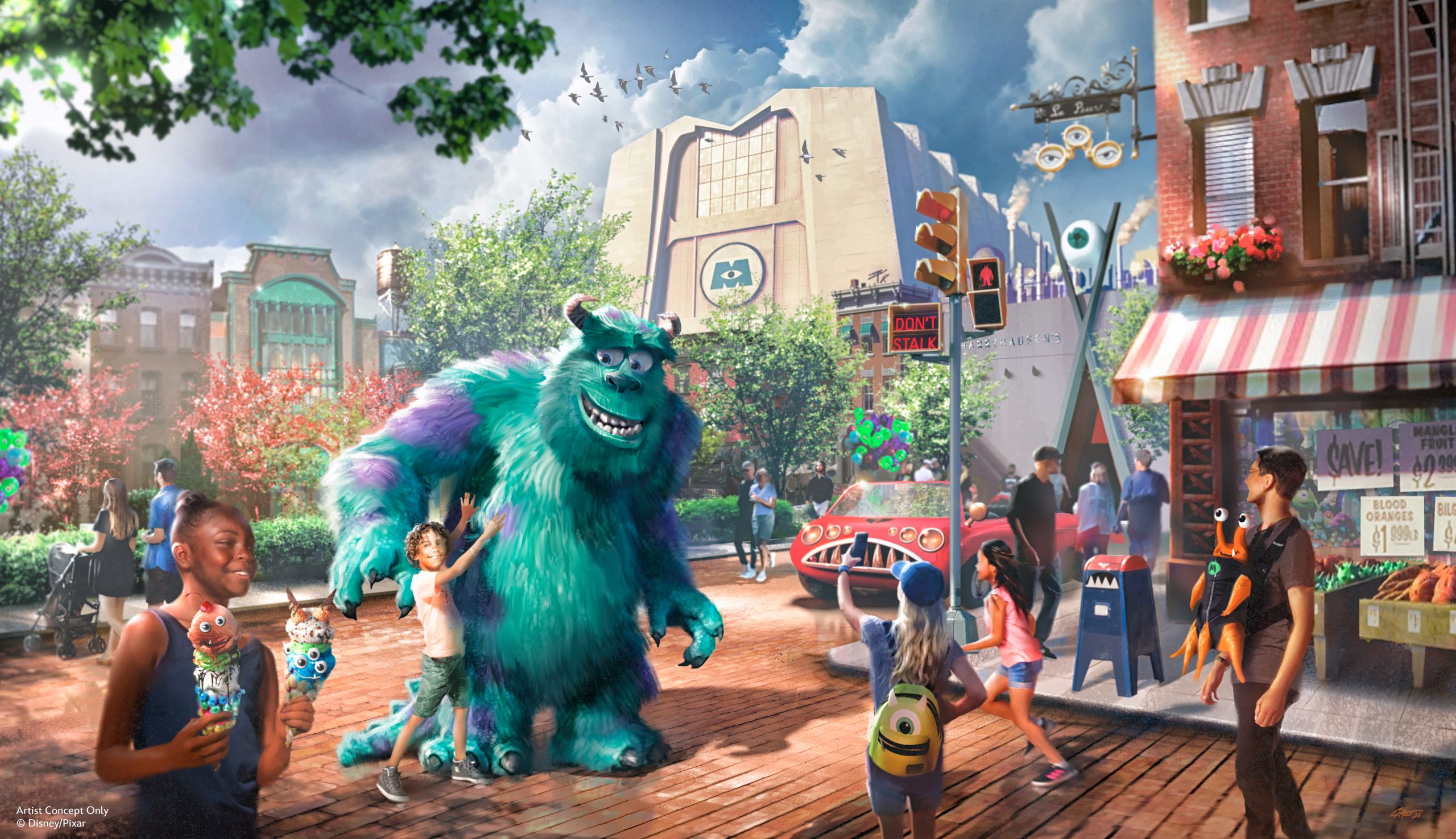


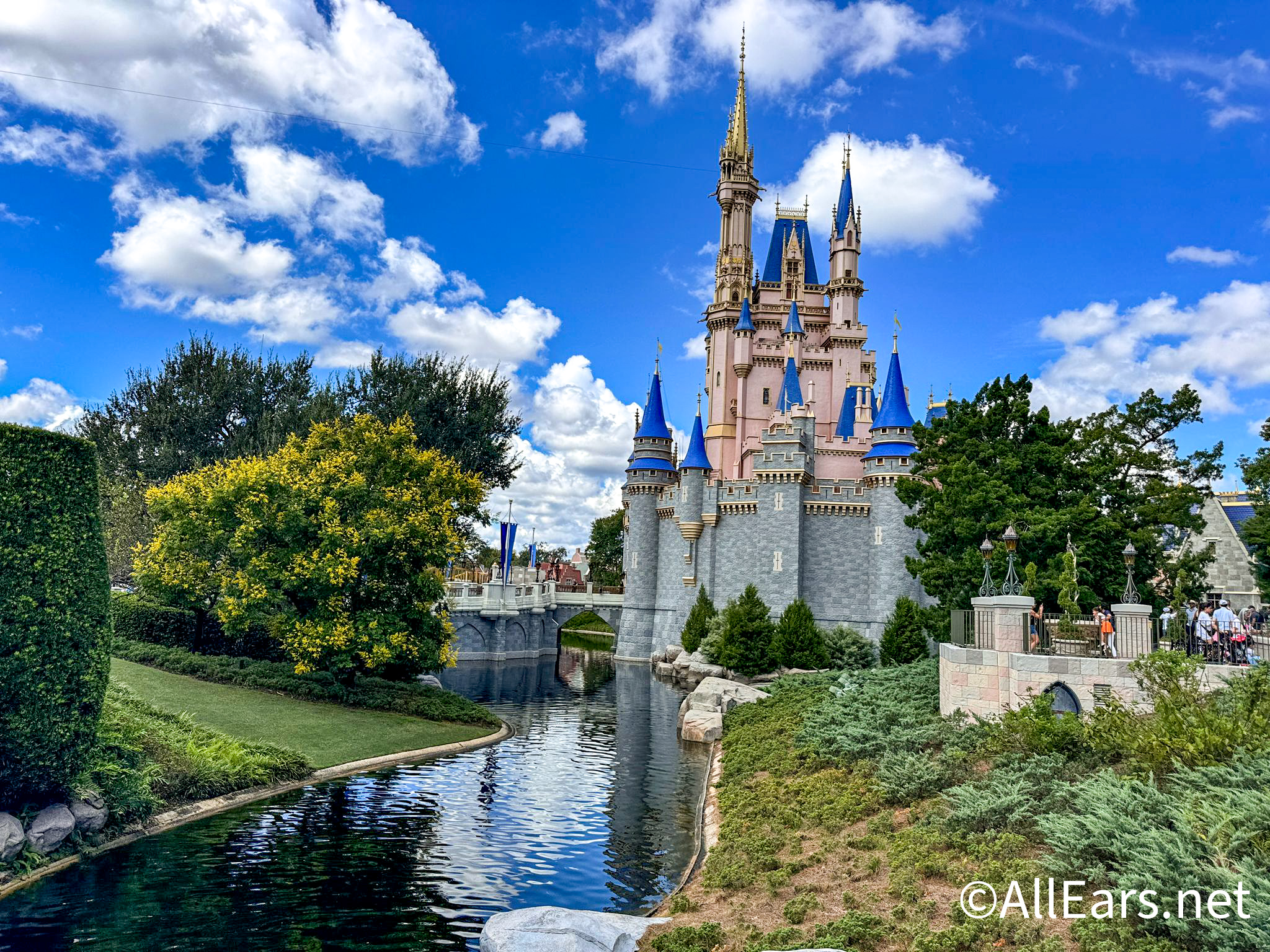


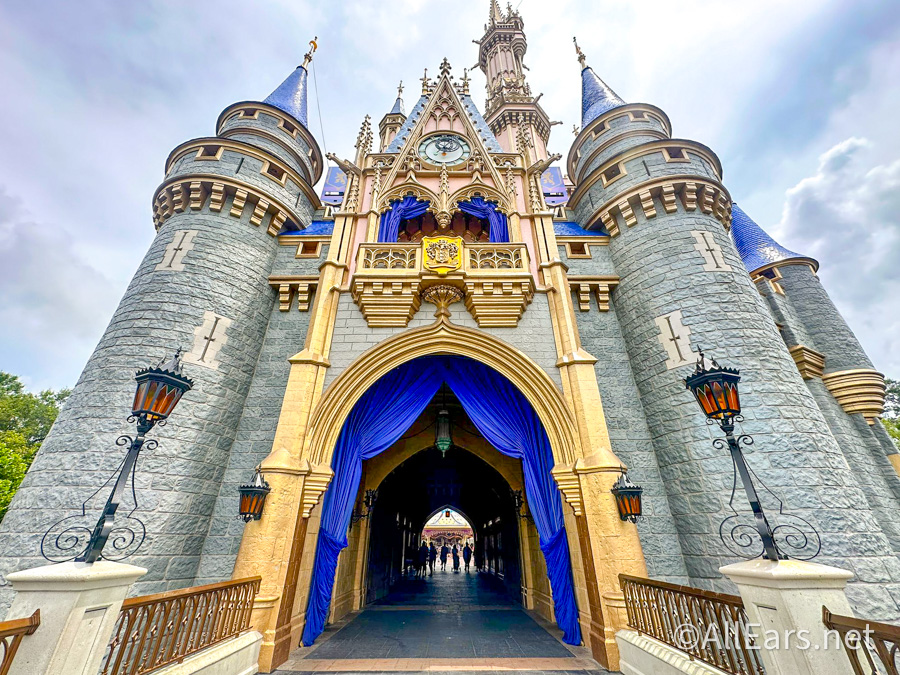

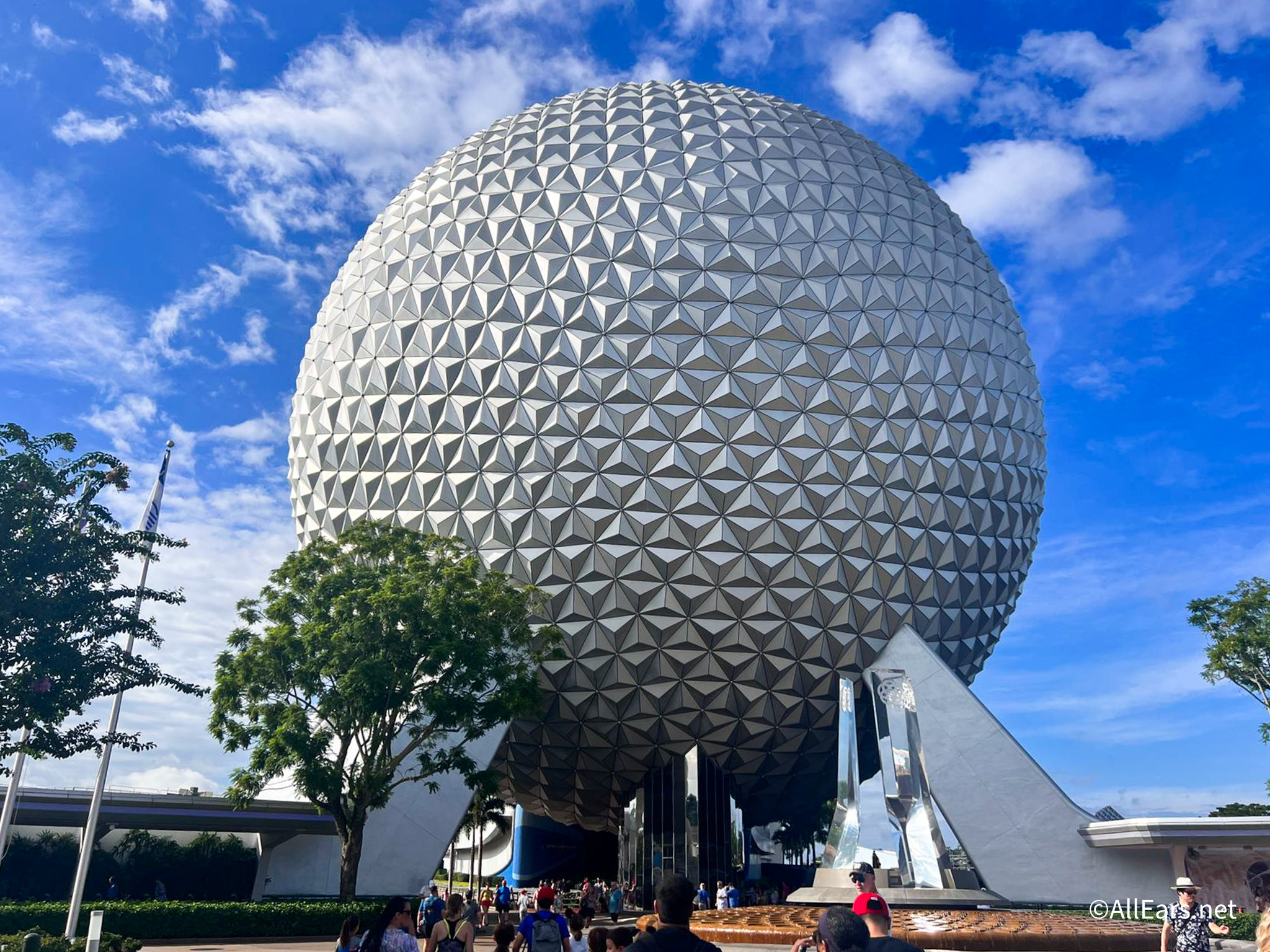
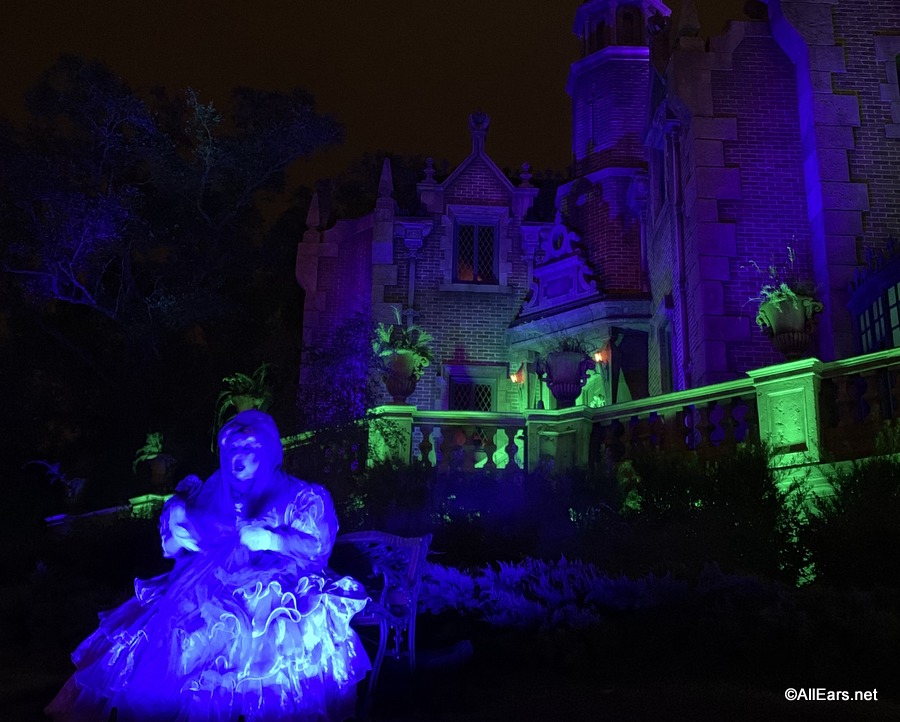

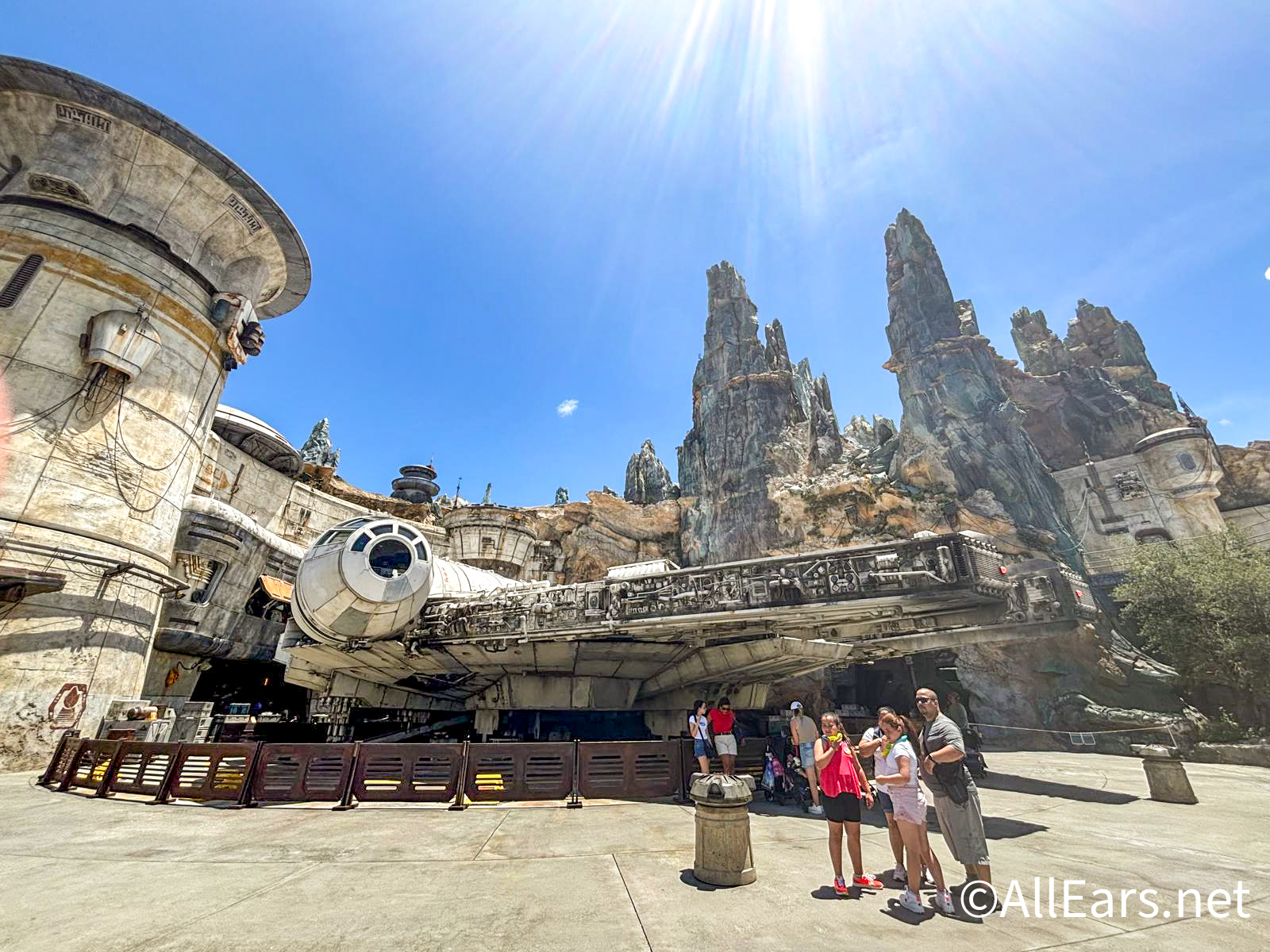

Great article. I didn’t know they had a real Tom at one point.
Another great article, Mr. Schmidt! Thanks for writing it. So interesting…I love Disney history!